The Fuente Magna is one of the most remarkable and contentious archaeological discoveries that have emerged from South America. The Fuente Magna, sometimes known as the “Rosetta Stone of the Americas,” is a massive stone bowl that is said to have been used for ceremonial or ritualistic purposes such as purifications, baptisms, or libations.
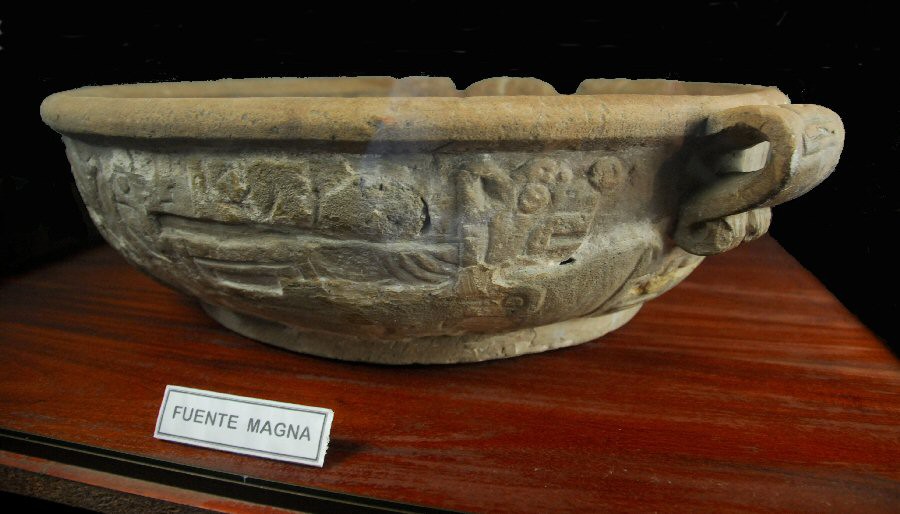
It was discovered by chance in Bolivia in 1960 by a peasant farmer working on the Chua Hacienda, a private estate owned by the Manjon family located around 50 miles from La Paz (near Lake Titicaca).
The Fuenta Magna was discovered in an area that had not previously been excavated or researched for artifacts, but thermoluminescence dating has proven that it is of ancient origin.
The bowl is earthen-brown in hue and delicately etched with a variety of zoomorphic or anthropomorphic figures and patterns. The object’s inside is ornamented with carvings that appear to be an old proto-Sumerian cuneiform writing, however, it is unclear whose language it represents.
Inscriptions on other pieces of the bowl are written in the ancient quellca language, which many experts believe originated with the Andean Pukara civilization, a forerunner to the renowned Tiwanaku empire.
Max Portugal Zamora, a Bolivian archaeologist, learned about the bowl’s existence through his friend Pastor Manjon in 1960. Zamora sought to decode the enigmatic inscriptions on the bowl after completing minimal restoration work on it, studying with many literature and guidelines on old Andean writing.
Unfortunately, his efforts were mostly futile, and the bowl was transferred to the La Paz City Hall later that year in exchange for a land grant to the Manjon family.
The Fuente Magna was subsequently housed at the city’s “Museo de Metales Preciosos” (Museum of Precious Metals) for about 40 years before a fresh interest in the item brought it back to the forefront of archaeological investigation.
Bolivian archaeologists Freddy Arce and Bernardo Biados decided to visit the site of the Fuente Magna’s discovery in the year 2000, traveling to Chua to interview local locals and hunt for any clues as to the odd bowl’s origins.
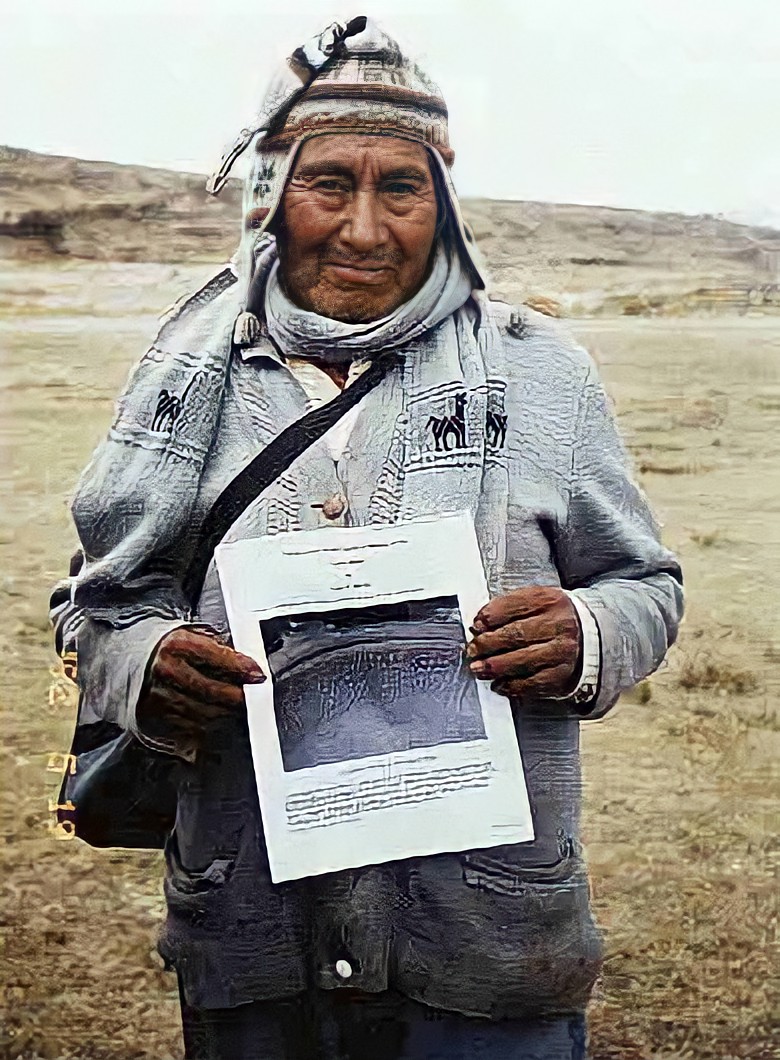
Initially, information was difficult to come by, sending the two researchers to countless dead ends; no one appeared to know anything about the Fuente Magna or the Manjon family. Not long later, their luck changed when they met a 98-year-old local farmer called Maximiliano.
Maximiliano recognized the Fuente Magna from a photograph and referred to it as “el plato del chanco” (Spanish for “the plate of the hog” or the “hog’s dish”). As it turned out, Maximiliano utilized the Fuente Magna, one of the most important archaeological discoveries of the twentieth century, as a pig feeding container!
Maximiliano went on to tell Arce and Biados that he did not consider the bowl to be essential until a guy arrived and took it away (perhaps after paying a quantity of money) and subsequently gave it over to the local La Paz municipal officials.
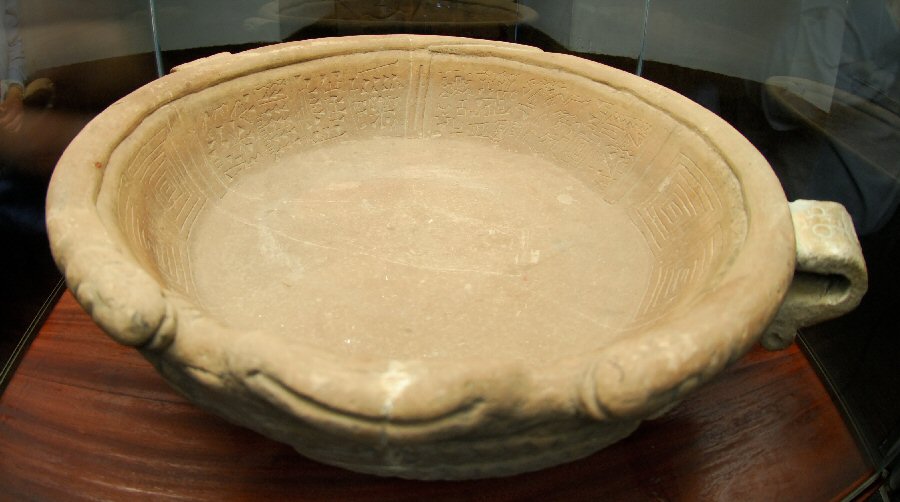
Arce and Biados photographed and researched the item extensively, determining that it was most likely utilized in ancient times to execute rites or ceremonies. They then conveyed their findings to a well-known American epigraphist named Clyde Ahmed Winters.
Winters decided through a comprehensive examination of the images that the cryptic writings discovered in the Fuente Magna were written in a proto-Sumerian language. Winters’ translation of the cuneiform letters on the bowl’s central panel follows:
“In the future, approach the Immense Nia, a person blessed with great protection. The Divine One (Nia) will instill purity, joy (or tranquility), and character. This beneficial oracle is for individuals who wish to create a strong character, happiness (or tranquility), and purity for everyone who seeks it”.
“At the temple, use this talisman (the Fuente Magna bowl) to divine or bring out knowledge, peace, and one-of-a-kind advise.” Anoint this virtuous shrine; the leader will swear an oath to follow the correct road in order to establish purity and character. Oh [priest or cult leader], seek for (or make available) a distinctive light for everyone who wishes to live a good life.”
Nia (also known as Ni-ash or Nammu) was the Sumerian goddess who gave birth to the sky and the earth, according to ancient Sumerian tales. The frog shown on the interior of the bowl — and which serves as the bowl’s centerpiece figure — is widely known among academics to symbolize fertility and is a portrayal of the Sumerian goddess Nia.
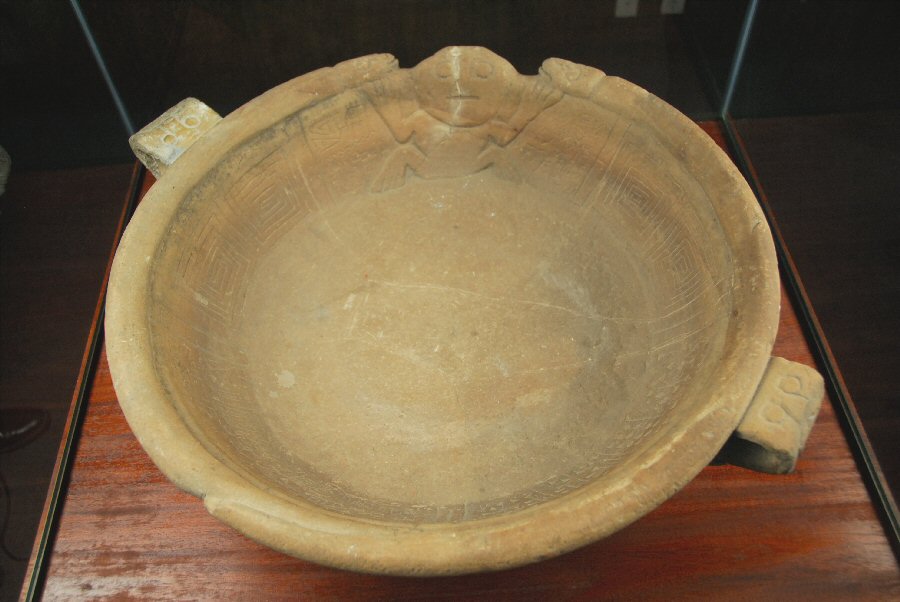
The exterior of the bowl depicts two zoomorphic figures found in ancient Tiwanaku symbology — the frog and the snake. The issue then arises, how did a bowl with proto-Sumerian writings end up in a location near Lake Titicaca, which is 12,500 feet above sea level and hundreds of kilometers from the Sumerian homeland?
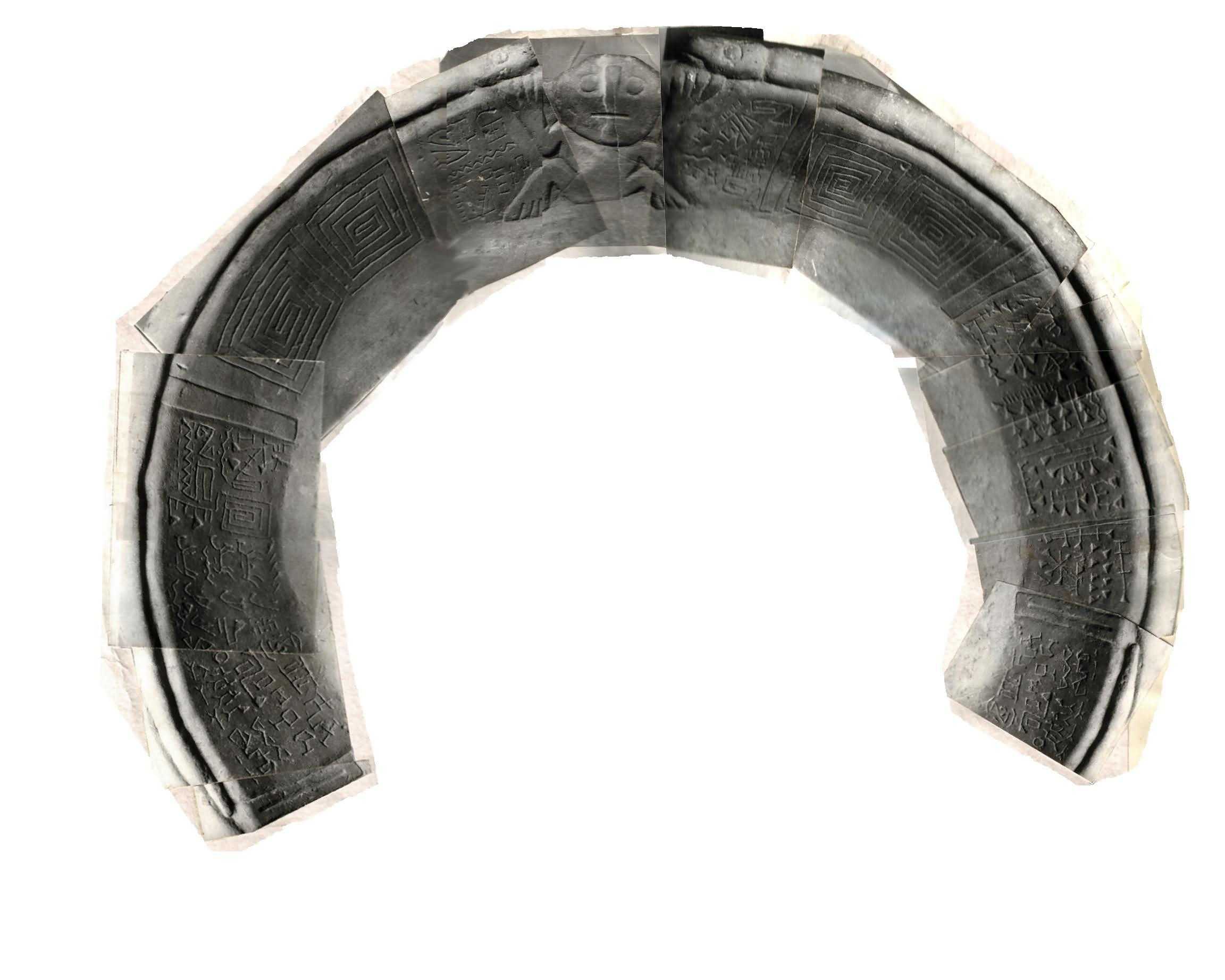
According to research, the Sumerians were a marine people that navigated the Parana River to reach the old Peabiru Road, from which they were able to access the Andes region about 3000 BC. They mixed and traded with the Pukara people from there, trading things like copper, gold, textiles, and ceramics.
Many ancient civilizations’ histories are still unknown, and the precise method by which these many cultures may have intermarried is still a source of great discussion.
Though uncommon, discoveries like the Fuente Magna can considerably advance our knowledge of how to piece together the many diverse perplexing parts of early human history.




